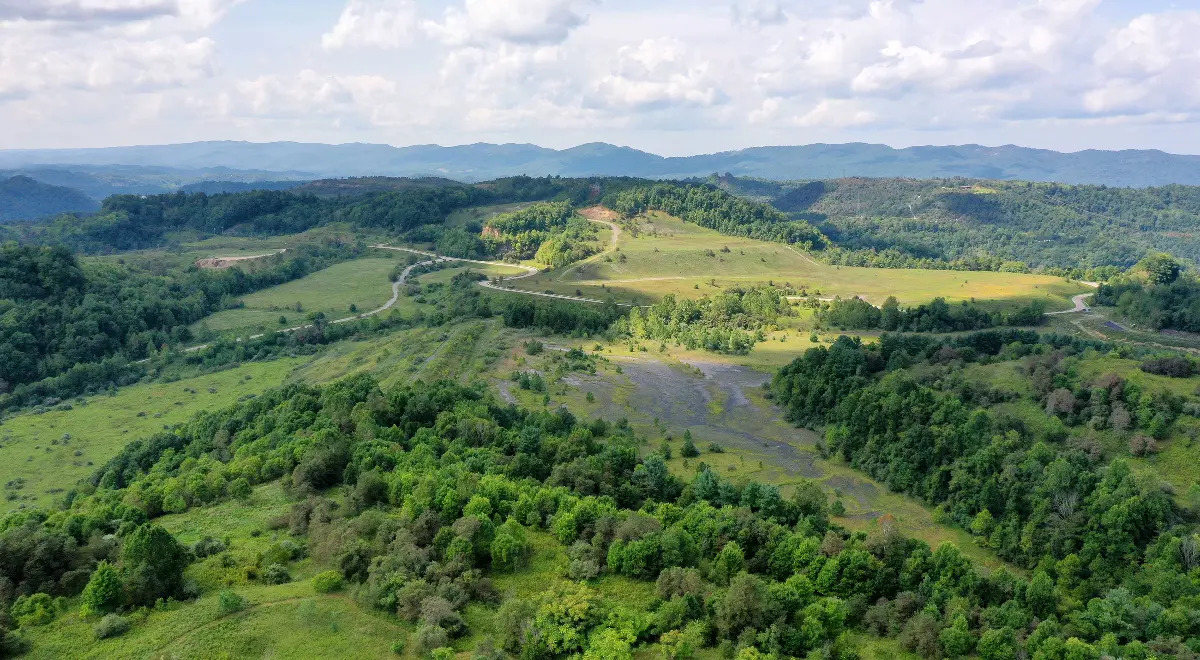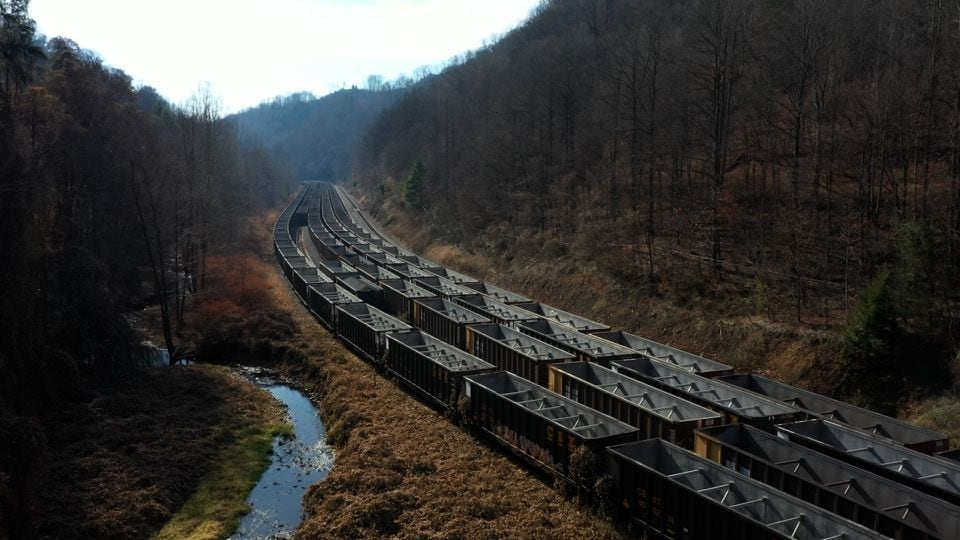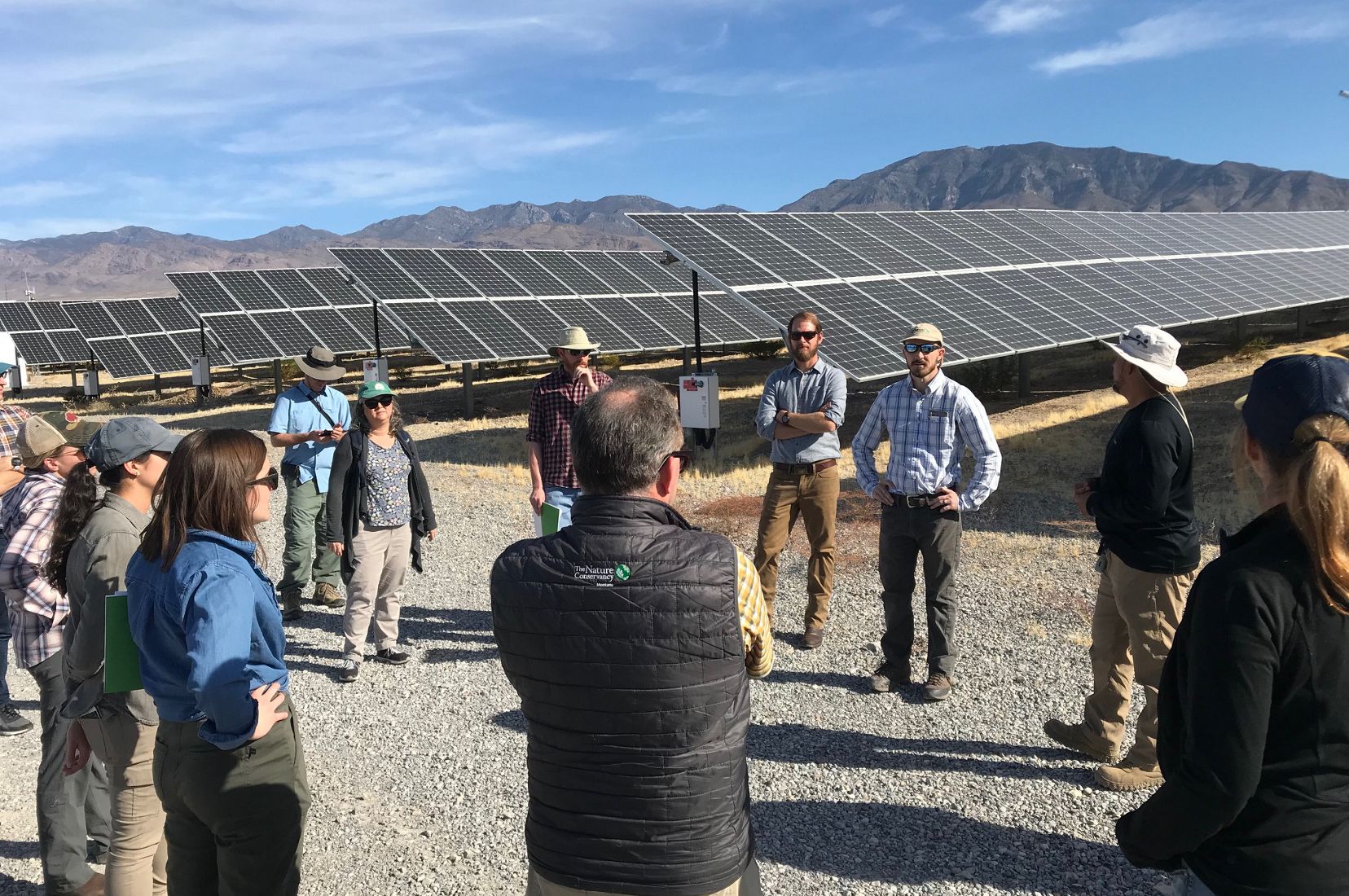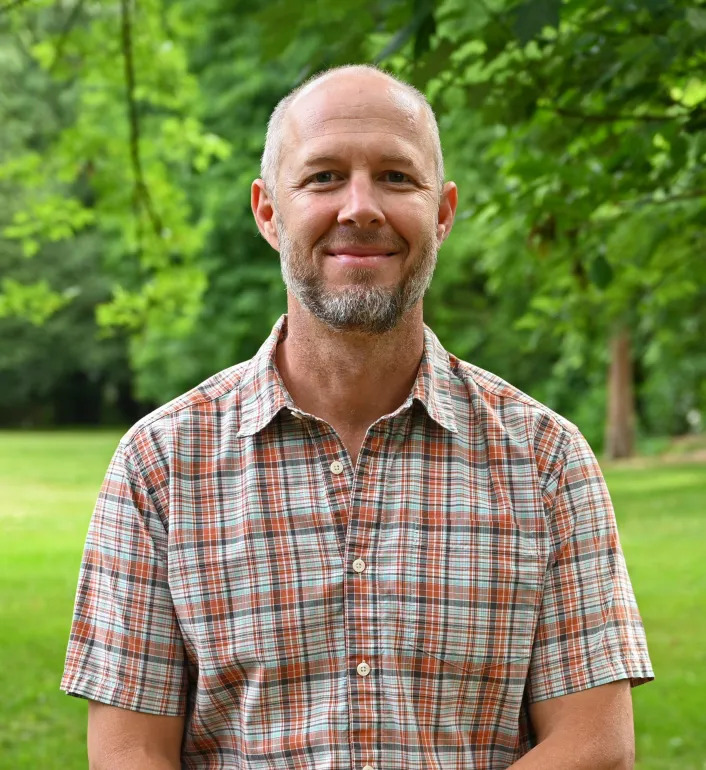
- Sustainable Planet -
- 5mins -
- 294 views
Abandoned coal fields in Virginia to be reborn as solar farms
The Nature Conservancy is transforming six former coal mining sites in southwest Virginia into solar installations large enough to contribute renewable energy to the electric grid.
Virginia to Transform Abandoned Coal Mines into Solar Farms
In southwest Virginia, coal mines are being transformed into solar farms. The solar installations will be large enough to contribute renewable energy to the local electric grid. Six former mining sites near Dante, Virginia, a town of fewer than 600 residents, will be some of the first to receive a utility-scale solar farm in the region. The Nature Conservancy owns the mines, and the nonprofit hopes that the model created here could be implemented nationally. — OneGreenPlanet

Transforming Coal Country by mining sunshine
In 2019, the Nature Conservancy acquired 253,000 acres of forest in the central Appalachian Mountains that it calls the Cumberland Forest Project. “We’ve identified the Appalachians as one of the most important places on Earth for us to do conservation,” Brad Kreps, the Nature Conservancy’s Clinch Valley program director, told the Washington Post. “We put the Appalachians in a very rare company along with the Amazon, the wild lands of Kenya and the forests of Borneo.”
The Cumberland Forest includes several abandoned mine sites scattered throughout Virginia coal country. Those mines have large areas that are flat and exposed to sunlight — a rarity in the mountains and the by-product of strip mining that literally takes the tops off of mountains to get at the coal below. What’s left behind are open plains where none existed before.
One advantage of such abandoned mining sites is that they are close to electrical transmission lines, which means there is no need to build expensive new infrastructure to connect the electricity from solar farms to the grid.
Six former mining sites owned by the Nature Conservancy will become the first utility scale solar farms in the region in cooperation with partners Dominion Energy and Sun Tribe. The hope is that converting those six abandoned sites will serve as a model that can be replicated nationwide. One of them is the Highlands Solar project, which will re-purpose 1,200 acres of the former Red Onion surface mine and surrounding properties in Wise and Dickenson Counties.
The project will generate approximately 50 megawatts of solar energy, enough to power 12,500 homes at peak output, and provide benefits to the area such as an increase in local tax revenues and the creation of clean energy jobs.
Source: CleanTechnica

Solar & Coal Fields: re-imagining how we produce energy
“In the coal field region, there’s about 100,000 acres that’s been impacted from mining,” says Daniel Kestner of the Virginia Department of Energy. “Better to build on a lot of these mine sites than some prime farmland or some areas that maybe don’t want solar in their community.”
Kestner is also hopeful the projects will bring tax revenue and jobs to the area. Lou Wallace, chair of the Board of Supervisors for Russell County, Virginia is pushing for counties in the coal fields to diversify their economies. She’s been promoting the beauty of the area’s rivers and mountains for recreation and tourism. Her family relied on coal for generations.
“We’re very proud to be an energy producing community,” she says when asked about the new solar farms being built on abandoned coal mines. “This is helping us to re-imagine how we produce the energy. So we’re still able to say we’re keeping the lights on somewhere.”
Hats off to the Nature Conservancy for showing us one way to move forward with the renewable energy revolution.
Source: CleanTechnica

The Virginia conservationist who’s trying to turn old coalfields into solar farms
Virginia native Brad Kreps, who directs The Nature Conservancy’s Clinch Valley Program, said solar projects have been top of mind since 2019 when the nonprofit acquired the 253,000-acre Cumberland Forest property. An estimated 13,000 acres of cleared minelands pock the biologically rich landscape that stretches across Virginia, Kentucky and Tennessee.
All but 100,000 acres of the Cumberland Forest are in the historic Virginia coal counties of Wise, Dickenson, Russell and Buchanan.
“For us, acquiring the Cumberland Forest property and becoming a landowner put us in a stronger position to actually try this,” Kreps, an Abingdon resident with two decades of conservancy experience, told Energy News Network’s Elizabeth McGowan. “It gave us a chance to reach out to partners and say, ‘Help us really look at this, find sites that are viable, and create value for nature and people.’”
Both Sun Tribe and Dominion expect the showcase projects—with a combined output of around 120 to 125 MW — to be online within the next two or three years.
“It was incumbent on us to go out and find companies that are compatible with our values and approach,” Kreps said.
Dominion is seeking to expand its renewable energy portfolio because the Virginia Clean Economy Act, which took effect in July 2020, requires the utility to generate 100% carbon-free electricity by 2045.
Kreps and the conservancy credit the landmark legislation as the linchpin that allowed the state to muscle its way to the forefront on generating renewable energy where fossil fuels were once harvested. For instance, the landmark legislation requires that Dominion procure 200 MW of solar or wind on brownfields, coal-mined lands and other previously developed sites such as parking lots by 2035. It allows the utility to venture outside its service territory boundaries to do so.
Adam Wells, regional director of community and economic development for the advocacy organization Appalachian Voices, praised the conservancy for its pioneering spirit. Wells has plenty of experience trying to launch rooftop solar projects in the coalfields of Virginia — and beyond.
“It’s a venture into the unknown,” Wells said, adding that it’s more likely to be successful due to the conservancy’s heft, expertise and long history of collaboration. “The advantage of the nonprofit structure is that it’s able to absorb risk.”
Check out a fascinating and in-depth Q&A interview with the Energy News Network, where Kreps explains the conservancy’s approach to renewable energy development on previously disturbed lands.
Source: EnergyNews.us


